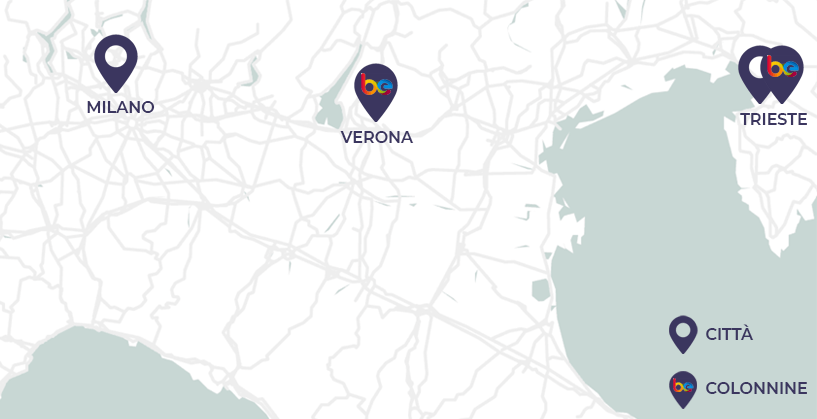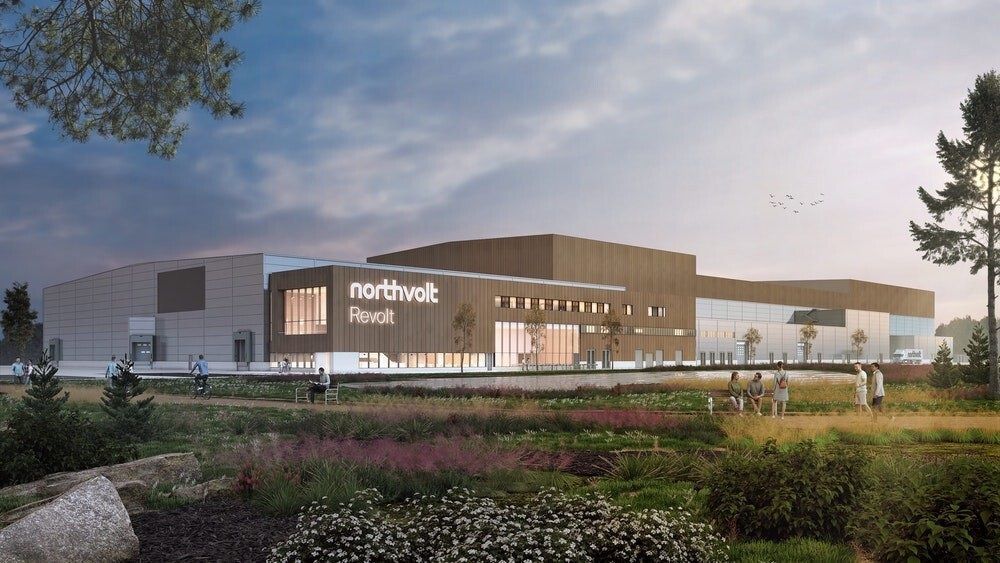Electric journey to Trieste through the Be Charge charging network
The electric journey along Italy continues, through the Be Charge charging network. In this cold February our weekend starts from Milan, towards Trieste. The journey will be long, which is why we have identified a quick stop halfway, near Verona, along the Autostrada Serenissima. Here, at the Scaligera Nord service area, a Fast Be Charge column will be waiting for us: in the time of a break we will recharge the car to arrive without problems in Friuli Venezia Giulia.
Day 1 – Trieste: Historic center and Colle di San Giusto
After a few hours of driving we arrive in Trieste, park the car and go to have lunch in a trattoria in the city center. We opt for one of the most typical dishes of the area, the Jota, a soup of sauerkraut, potatoes and beans flavored with pork, with a strong taste.

At the end of lunch, after checking in at the booked hotel, our itinerary begins. Capital of the Italian region Friuli-Venezia Giulia, Trieste is home to about 200 thousand inhabitants. Thanks to its favorable position, protected between the Gulf of Trieste and the Alps, it is no coincidence that the first settlements in the area date back to the second century stingy Christ.
The city was a key location for the Austro-Hungarian Empire (especially at the end of the 1800s), as it allowed access to the Adriatic Sea and the Mediterranean Sea: for this reason the city’s architecture has a strong Viennese mold. The history of Trieste is a melting pot of cultures, which over the years have meant that the town has become a crucial hub for trade, also favoring the development of cultural institutions and universities.
In the afternoon of this Saturday we decide to discover the historic center and the hill of San Giusto. A tip that we feel to give you is to go to the info point in Piazza Unitá: thanks to TriesteMetro, you can subscribe to small packages to visit the city with or without a guide, saving.
Not having much time, we decide to continue independently. The best place to start visiting Trieste is the magnificent Piazza Unitá d’Italia, the largest waterfront square in Italy and among the most majestic in Europe.
It was commissioned by Empress Maria Theresa of Austria to give a memorable first impression of the main port of the Austro-Hungarian Empire. The buildings on the edge of the square are so impressive that it is difficult to focus on just one. In the center dominates the Town Hall of Trieste, established in 1875, a palace with a particular architecture: on the tower the statues of two Moors beat on a bell the tolling of the hours.
Around the town hall we find other government buildings, in the same grandiose style reminiscent of Vienna. Among all, we see the palace of the Austrian Lieutenancy (built in 1905, now the seat of the Prefecture), the Stratti palace (from 1839, where there is also the caffè degli Specchi, a historic Trieste café), the Model palace (from 1871) and the Pitteri palace, the oldest in the square, with its 242 years.
In the square there is also the Fountain of the Four Continents, built between 1751 and 1754. The figures are an allegory of the four continents then known (Europe, Asia, Africa and America). The reference to “non-Italian” figures was not pleasing to Mussolini so in 1938, on the occasion of the Duce’s visit, the fountain was removed, only to be repositioned in 2000.
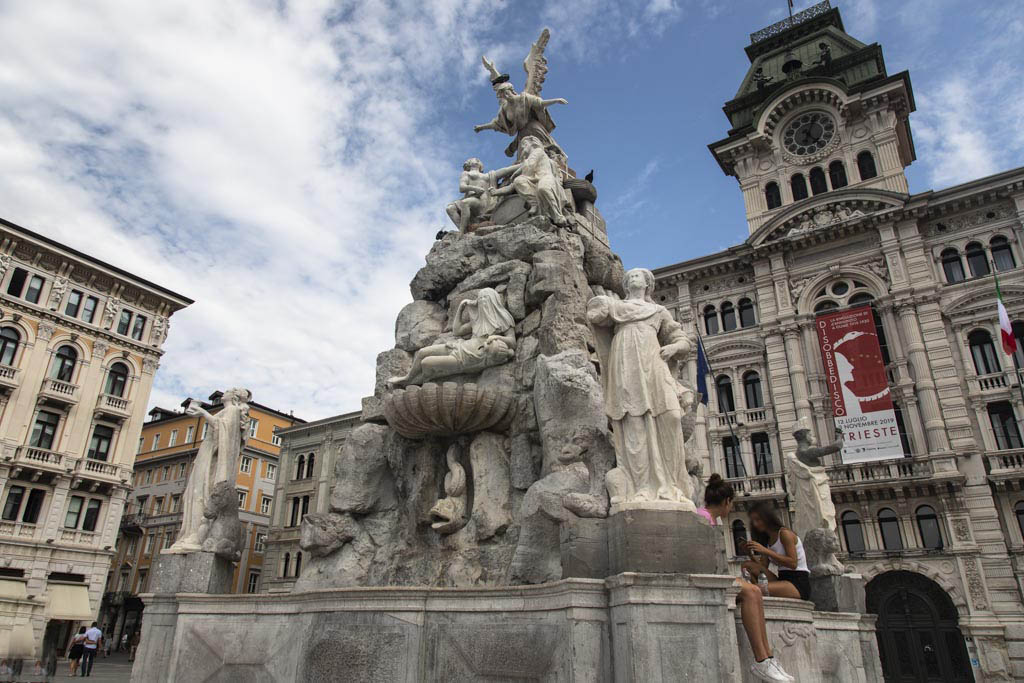
A stone’s throw from the square you will find the Molo Audace, which takes its name from the first ship that managed to enter the port of Trieste after the end of the First World War and the annexation to Italy. The bronze wind rose on the pier was obtained from the casting of an Austrian ship sunk by the Italian Navy.
After the tour in the square we head towards the famous hill of San Giusto. Climbing the hill is a bit tiring, but it’s a great way to dispose of lunch and dive into the atmosphere of Trieste. In this area you will discover the Roman and medieval history of Trieste.
The Church of San Giusto, or Cathedral of Trieste, dates back to 1320 and was born from the union of two older churches under one roof. Try to find on its façade two cannonballs fired at it during the Napoleonic Wars!
The façade is adorned with a delicate and elegant Gothic rose window. The solid and robust bell tower incorporates the remains of the Roman propylaeum. The niche contains a fourteenth-century sculpture of San Giusto holding a palm tree of the martyr and a model of the walled city he protects. The interior, with three naves, offers a suggestive spectacle, with particular mosaics of Byzantine inspiration that adorn the two apses.
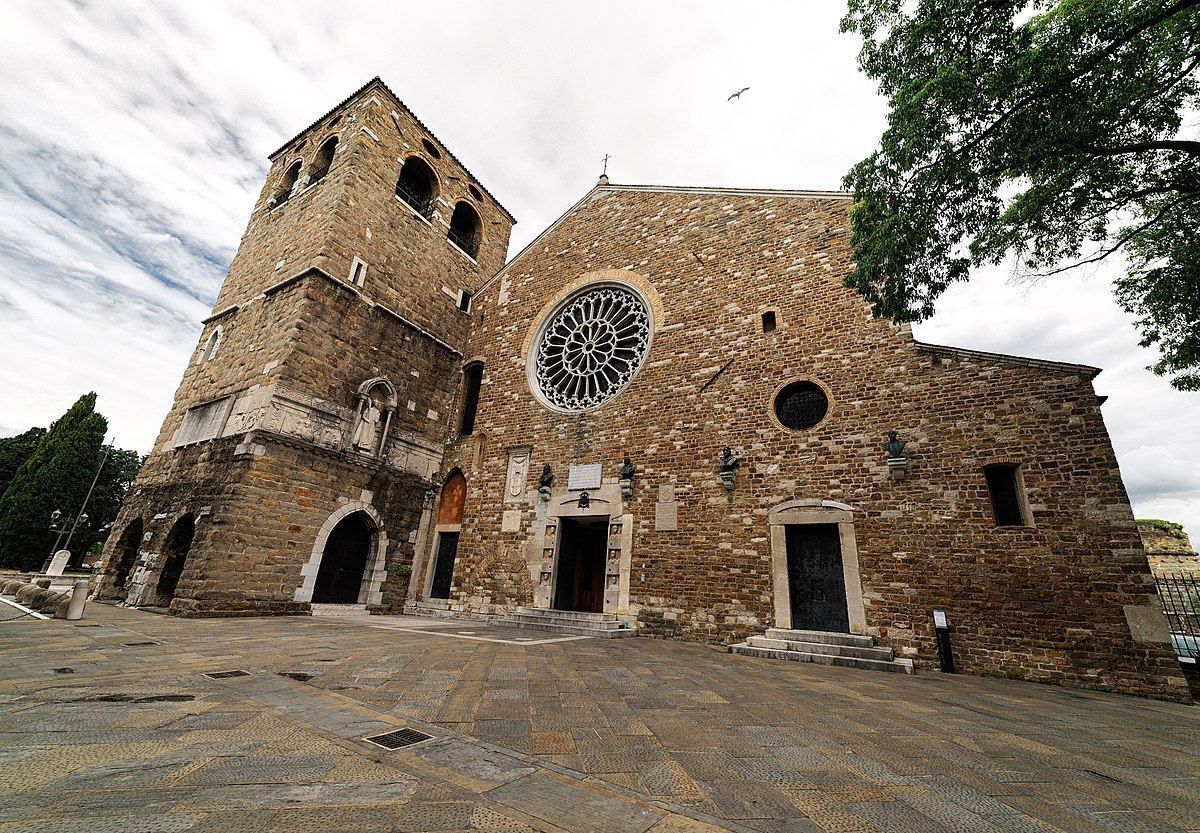
The Chapel of the Treasury houses important objects such as the reliquary urn of San Giusto and the crucifix of the Battuti, both of the thirteenth century, in addition to the halberd of San Sergio, which became the emblem of Trieste (according to legend, the weapon miraculously fell from the sky on October 8, 303, when the holy soldier was martyred in Syria).
With a few euros you can climb the bell tower and we recommend you to do it: the view is wonderful as it embraces the sea, the city, the hills and the Castle of San Giusto, right next to the Church.
At sunset we notice a unique feature of the city: the sun sets over the sea! The most attentive will think it is a matter of course, but we have thought about it only later: being Trieste a stone’s throw from Slovenia, almost in Croatia, we are not in eastern Italy but rather on the west coast of the Balkan countries, for this we have the opportunity to enjoy a sunset over the Adriatic Sea.

On the way back downhill, among the winding streets, there is an entire Roman Theater (actually Amphitheater), well renovated and very suggestive. Back down, we continued along the regular streets of the Teresian district, a beautiful fusion of neoclassical, neo-Renaissance and eclectic architecture. This area was developed by the Austro-Hungarian Empire during the 1800s: reminiscent of Vienna, Budapest and Prague.
Piazza Sant’Antonio is the symbol of the neighborhood and takes its name from the homonymous church of the place: here you will find historic cafes, the neoclassical church of St. Anthony, the Serbian Orthodox Church of St. Spyridon, the statue of James Joyce on the red bridge and the Grand Canal, built by the will of the Austrian Empress Teresa.
In this way you will reach the narrow alleys of the Jewish quarter (Via Beccherie): here we found a cozy trattoria where we refreshed ourselves before returning to the hotel.
Day 2: Castello di Miramare and Museo Revoltella
Miramare Castle is one of the best places to visit in Trieste. Located 10 km north of the city, it is easily accessible by bus or car. We opted for the second, reaching it in a few minutes on board our electric car. A magnificent example of eclectic architecture designed by Carl Junker, Miramare Castle was built from 1856 to 1860, for the Austrian Archduke Ferdinand Maximilian.
The building looks like a large white cube lying on the edge of the rocky promontory. As we approached, we noticed the delicate decorations of the exterior walls, the modest but still imperial entrance, and the distinctive feeling of money and care that was placed in the building and the park.
The entrance costs eight euros, a more than fair price considering the number of rooms to visit and their charm. The luxurious fabric of the walls, the intricate details in the wooden carvings of the cabinets and cabinets, the historical paintings on the walls and the striking frescoes on the ceiling left us almost speechless.
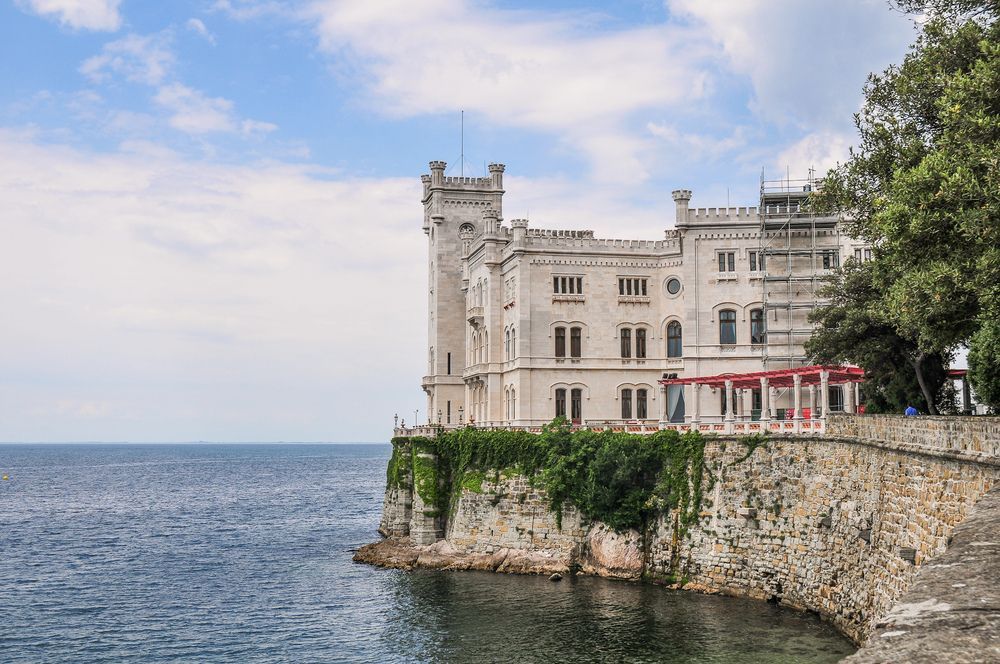
The whole Castle seems to tell the story of the Archduke and his passion for botany, his desire to transform this arid promontory into a botanical garden with species from all over the world. He designed the palace, interior and garden himself, but he could enjoy its creation for such a short time: soon he has crowned emperor of Mexico and there he was killed only three years later. If the day allows, it is really pleasant to walk in the park.
After the visit to the museum, we return to the center of Trieste for a last visit. For about 11 euros we decide to access the Rivoltella Museum, one of the most important collections of modern art in Italy. Among the main works we find: Portrait of Giuseppe Bernardino Bison by Giuseppe Tominz, Meditation by Antonio Rotta, Portrait of Archimedes by Nicolò Barabino and more.

After having lunch with another typical dish (a sandwich with porcine), we return by car heading home. In case you have more time in your stay we suggest you not to miss the opportunity to visit The Giant Cave, the Lighthouse of Victory and the Risiera di San Sabba, other stops not to be missed in Trieste. For a recharge in the surroundings instead you just have to go to the Rosandra road, in Domio, where you will find Be Charge columns. Our journey instead ends here, we expect hours of driving destination Milan!
